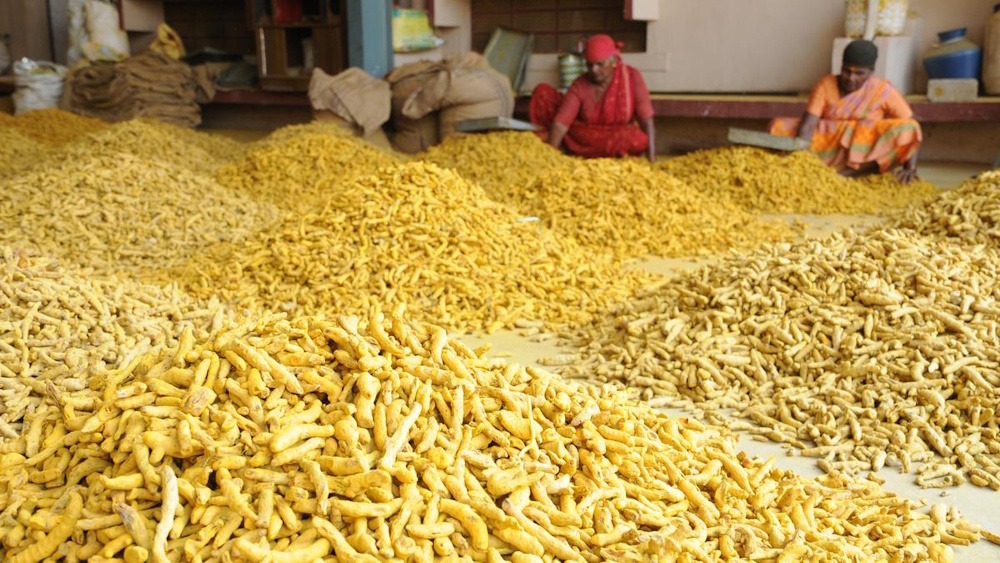
Turmeric futures experienced an increase of 0.59% to Rs 14,384, buoyed by crop damage in significant agricultural areas including Maharashtra, Andhra Pradesh, Karnataka, and certain regions of Tamil Nadu. Prolonged and substantial rainfall in Erode has led to complications regarding quality and the emergence of disease outbreaks, while elevated humidity levels are complicating storage, thereby constraining near-term supply. Reports suggest that approximately 15% of turmeric acreage has suffered damage as a result of recent rainfall. Furthermore, the supply of stocks involving farmers in Warangal has nearly been depleted, and in the absence of new arrivals over the past two days, market sentiment has remained robust.
Limited inflows and prudent selling persist in underpinning prices. Concurrently, the potential for growth appears limited by anticipations of increased acreage. Favourable monsoon conditions during the sowing season are expected to result in a 15–20% increase in turmeric planting, as farmers transition from less profitable crops. For the 2024–25 season, turmeric acreage has increased to 3.30 lakh hectares, reflecting a 10% rise compared to the previous year.
In Duggirala, new crop arrivals are commanding premiums attributed to superior quality, with daily transactions ranging from 1,000 to 1,200 bags and approximately 50 to 55% of the crop already sold. Export momentum remains favorable, as shipments from April to August 2025 increased by 3.31% to reach 80,156 tonnes, with August exports experiencing a year-on-year growth of 7.27%. In the spot market, prices in Nizamabad declined by 0.52% to 14,863.85.
From a technical perspective, the market is currently experiencing short covering, as evidenced by a slight decline in open interest, which has decreased by 0.23% to 10,790. Support is established at Rs 14,204, with an additional level at Rs 14,024. Conversely, resistance is identified at Rs 14,560, where a breakout could potentially drive prices towards Rs 14,736.
